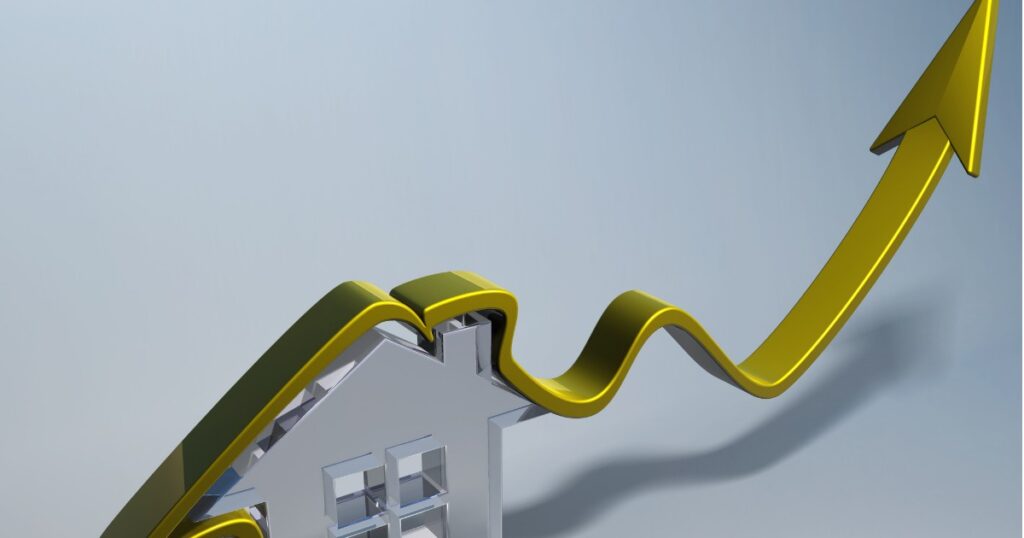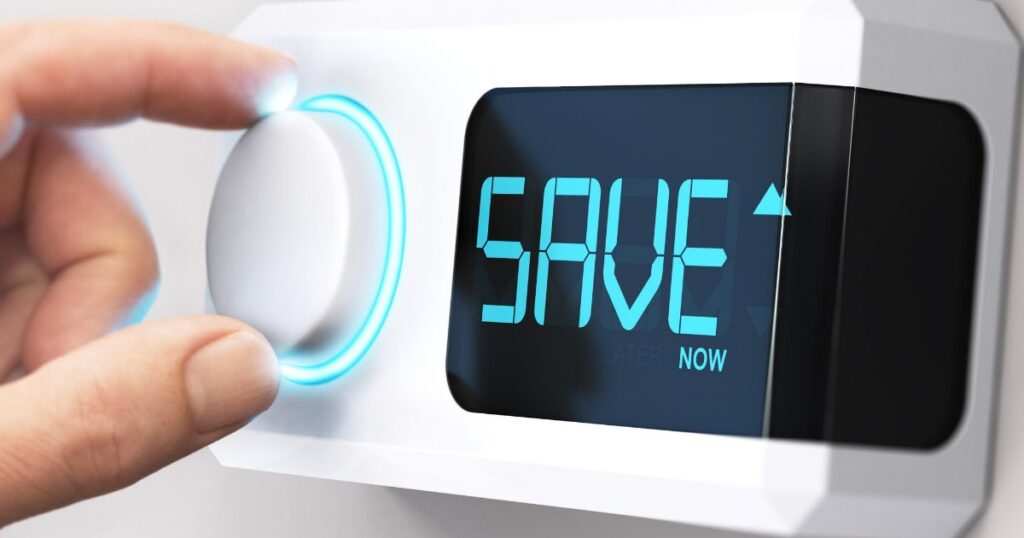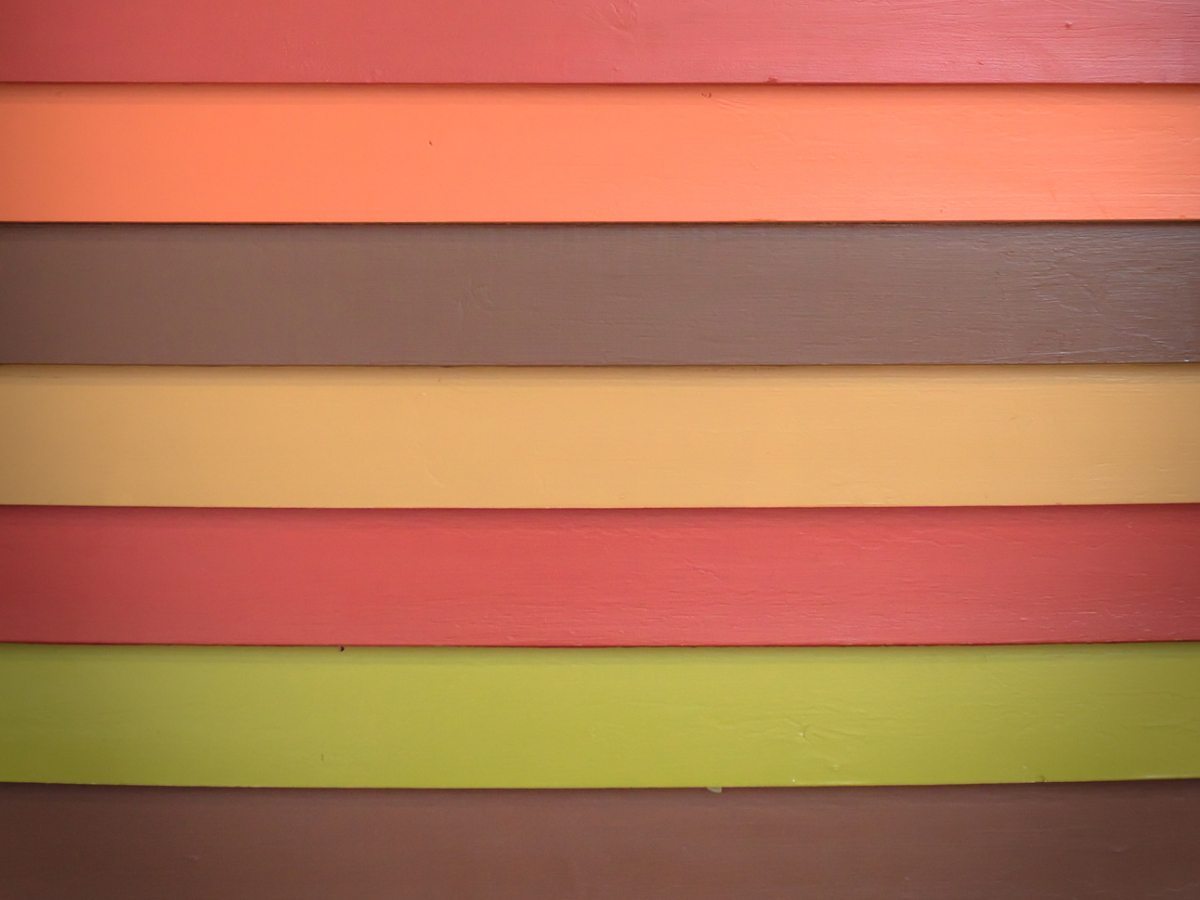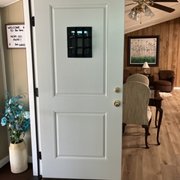Vinyl siding is a widely used exterior cladding material that offers a range of benefits for homeowners. It is composed of polyvinyl chloride (PVC) resin combined with various additives to enhance its durability, flexibility, and resistance to weathering. Vinyl siding can mimic the look of traditional materials like wood but with added advantages such as lower maintenance requirements and increased longevity. There are a lot of questions about vinyl siding.
Vinyl siding is famous for its durability, low maintenance requirements, and design options. Whether you’re considering installing vinyl siding for the first time or upgrading your current siding, it’s best to have a solid understanding of its features, benefits, and installation process. Here are ten common questions about vinyl siding to help you make informed decisions and achieve a beautiful, long-lasting exterior for your home
1. Can Vinyl Siding Be Painted?
Yes, vinyl siding can be painted. It is one of the common questions about vinyl siding. Painting vinyl siding offers homeowners the opportunity to change or refresh the color of their siding.
Before painting vinyl siding, thorough cleaning is necessary to remove dirt, debris, and any existing mold or mildew. Once the surface is clean and dry, a primer specifically formulated for vinyl surfaces is recommended. This helps the paint adhere properly and improves color retention. Finally, high-quality exterior latex paint designed for vinyl and offering UV protection is essential for long-lasting results.
Painted vinyl siding may require periodic maintenance and repainting, as the paint can chip, peel, or fade over time. Altering the original characteristics of the vinyl siding through painting may affect its ability to expand and contract with temperature changes. Homeowners should carefully evaluate the benefits and drawbacks of painting vinyl siding, considering long-term maintenance requirements and their specific needs and preferences.
2. Is Vinyl Siding Expensive?
Vinyl siding is generally considered an affordable option compared to other siding materials. Most people ask these questions about vinyl siding. The cost of vinyl siding can vary depending on factors. Actual prices may vary depending on factors like location and specific project requirements.
One of the reasons vinyl siding is often considered cost-effective is its low maintenance requirements. It’s worth noting that while vinyl siding is generally affordable, the cost can increase if additional customization options or premium features are chosen. For example, opting for higher-end vinyl siding products, intricate designs, or specialized installation techniques may result in higher costs.
Obtaining quotes from reputable contractors is recommended to determine your specific project’s exact vinyl siding cost. They can assess your home’s requirements, provide accurate cost estimates, and offer guidance on the best options within your budget.
3. How Long Does a Vinyl Siding Last?
Vinyl siding is durable and can last for a long time. This makes this a popular choice among homeowners. On average, vinyl siding can be sustained for 20 to 40 years or more, depending on various factors.
One of the key factors contributing to the lifespan of vinyl siding is the quality of the material. Higher-quality vinyl siding tends to have better resistance to fading, cracking, and warping, which can extend its lifespan.
Another factor that influences the longevity of vinyl siding is proper installation. Having vinyl siding installed by experienced professionals who follow the manufacturer’s guidelines and best practices should be considered.
Regular maintenance also plays a role in extending the lifespan of vinyl siding. While vinyl siding is low maintenance compared to other siding materials, keeping it clean and inspecting it periodically for any signs of damage is still essential.
4. Does Vinyl Siding Increase Home Value?

Vinyl siding can increase the value of a home in multiple ways. First and foremost, it improves the overall curb appeal of the property. The exterior appearance of a home is a significant factor influencing potential buyers’ first impressions. Vinyl siding offers a wide range of colors, textures, and styles, allowing homeowners to choose a design that suits their preferences and complements the house’s architectural style.
Another advantage of vinyl siding is its low maintenance requirements. Unlike traditional siding materials like wood or brick, vinyl siding does not require regular painting or staining to maintain its appearance. The durable nature of vinyl allows it to resist fading, peeling, and warping, which reduces the need for costly and time-consuming upkeep.
Vinyl siding offers practical benefits that can positively impact home value. It provides insulation, helping to improve energy efficiency by reducing heat transfer and potentially lowering heating and cooling costs.
Of course, the actual increase in home value due to vinyl siding will depend on various factors, including the local real estate market, the overall condition of the property, and the preferences of potential buyers.
5. Is Vinyl Siding Better than Wood?
Durability: Vinyl siding is highly durable and resistant to moisture, rot, and pests. It does not warp, crack, or deteriorate over time. On the other hand, wood siding is susceptible to decay, insect damage, and weathering, requiring regular maintenance and potential repairs.
Maintenance: Vinyl siding is low maintenance, requiring occasional cleaning to keep it looking its best. There is no need to paint or stain it. Wood siding, however, needs regular maintenance, including painting or staining every few years to protect it from the elements and maintain its appearance.
Aesthetics: Many people favor wood siding for its natural and timeless beauty. It offers a warm and classic look that can enhance the charm and character of a home. Vinyl siding, while it can mimic the appearance of wood, may not provide the exact authenticity or richness of texture.
Cost: Vinyl siding is generally more cost-effective than wood siding regarding upfront installation costs and long-term maintenance expenses. Purchasing and installing wood siding tends to be more expensive, and homeowners should also factor in regular maintenance and repainting costs.
Insulation: Wood siding has better natural insulation properties compared to vinyl siding. It can help regulate temperature and provide some level of energy efficiency. However, homeowners can pair modern vinyl siding with insulation materials to improve energy efficiency.
6. Is Vinyl Siding Better than Aluminum?
Durability: People know vinyl siding for its durability and resistance to various weather conditions. It can withstand high winds, impact, and extreme temperatures without denting or warping. On the other hand, aluminum siding is more prone to denting and may require repairs or replacement in case of damage.
Maintenance: Vinyl siding is virtually maintenance-free. Unlike aluminum siding, it does not require painting or staining, which may require periodic repainting to maintain its appearance. Vinyl siding also does not corrode or rust, eliminating the need for treatments or coatings to protect against oxidation.
Aesthetics: Vinyl siding offers a wide range of colors, textures, and profiles, allowing homeowners to achieve their desired look and enhance the curb appeal of their homes. On the other hand, aluminum siding may have a more limited range of color options and tends to have a more uniform and metallic appearance.
Energy Efficiency: With proper insulation, vinyl siding can improve a home’s energy efficiency. It helps to reduce heat loss or gain, leading to potential energy savings and enhanced comfort indoors. Aluminum siding, without additional insulation, may not offer the same level of energy efficiency.
7. Is Vinyl Siding Resistant to Weather and Outdoor Elements?

Yes, vinyl siding is highly resistant to weather and outdoor elements. Many people include this in their questions about vinyl siding.
Moisture Resistance: Vinyl siding is designed to repel moisture, making it highly resistant to water damage. The moisture-resistant properties of vinyl siding make it well-suited for regions with high humidity, rain, or snowfall.
UV Resistance: Vinyl siding is formulated with additives that provide excellent UV resistance. This means it can withstand prolonged exposure to sunlight without fading or discoloration.
Thermal Expansion and Contraction: Engineers design vinyl siding to expand and contract with temperature changes. This flexibility allows it to withstand the expansion and contraction cycles without cracking or warping.
Wind Resistance: Designers create vinyl siding to withstand high winds. People install it using techniques for proper attachment and secure fastening to the exterior wall.
Impact Resistance: Vinyl siding also earns a reputation for its durability against impact. It can withstand minor impacts from hail, debris, or accidental contact without denting or breaking.
8. Is Vinyl Siding Energy-Efficient?

Vinyl siding can contribute to improved energy efficiency in a home when combined with proper insulation.
Thermal Resistance: Vinyl siding itself has minimal insulating properties. However, when people install insulation materials such as foam boards, or house wraps underneath the vinyl siding, they can significantly improve the thermal resistance of the wall system.
Reduction of Thermal Bridging: When properly installed, vinyl siding helps reduce thermal bridging. Thermal bridging happens when the heat goes through the framing studs in the wall, bypassing the insulation.
Air Sealing: Vinyl siding and insulation materials can contribute to improved building envelope air sealing. Reducing air leakage through the walls helps maintain a more consistent indoor temperature and prevents drafts, resulting in energy savings and increased comfort.
Reduced Heat Gain: Light-colored vinyl siding reflects significant solar heat, reducing heat gain during hot summer months. This can help keep the interior of the home cooler and decrease the reliance on air conditioning systems, leading to energy savings.
9. How to Clean Vinyl Siding?
Cleaning vinyl siding is a relatively simple process that can help maintain its appearance and prolong its lifespan. It is part of common questions about vinyl siding.
Gather the necessary supplies: You will need a soft-bristle brush, a bucket, a garden hose or pressure washer (optional), a mild cleaning solution (dish soap mixed with water or a specialized vinyl siding cleaner), and a ladder (if needed).
Prepare the cleaning solution: Mix warm water with a small amount of mild detergent or vinyl siding cleaner in a bucket according to the manufacturer’s instructions. Avoid using chemicals or cleaners that could damage the vinyl siding.
Pre-rinse the siding: Use a garden hose or pressure washer on a low setting to pre-rinse the vinyl siding from the bottom up. This helps remove loose dirt, debris, and cobwebs.
Scrub the siding: Dip the soft-bristle brush into the cleaning solution and start scrubbing the siding in small sections. Work from the bottom up to prevent streaks. Apply gentle pressure to remove dirt, stains, or mildew.
Rinse the siding: After scrubbing a section, thoroughly rinse with water using a garden hose or pressure washer. Make sure to rinse from the top down to prevent streaking. Remove any soap residue to avoid leaving a film on the siding.
Repeat the process: Continue scrubbing and rinsing section by section until you have cleaned the entire vinyl siding.
Spot-clean stubborn stains: You may need a specialized vinyl siding cleaner for stubborn stains or mold and mildew growth.
Dry the siding: Allow the vinyl siding to air dry naturally. Avoid direct sunlight if possible.
10. What are the Benefits of Choosing Vinyl Siding for My Home?
Choosing vinyl siding for your home offers several benefits that make it popular among homeowners. To answer the questions about vinyl siding, here are the known benefits.
- Durability: Vinyl siding is highly durable and designed to withstand various weather conditions.
- Low Maintenance: Vinyl siding is virtually maintenance-free. It does not fade or peel, eliminating the need for costly and time-consuming maintenance tasks.
- Aesthetics: Vinyl siding offers a wide range of colors, textures, and profiles, allowing you to choose a design that suits your style and complements your home’s architecture.
- Affordability: Vinyl siding is an affordable siding option compared to materials like wood or fiber cement. Its lower installation cost and minimal maintenance requirements make it a cost-effective choice in the long run.
- Energy Efficiency: Vinyl siding can improve your home’s energy efficiency. This helps reduce heat loss in winter and heat gain in summer, leading to potential energy savings and increased comfort.
- Variety of Styles: Vinyl siding comes in various styles, including horizontal panels, vertical panels, shingles, and scallops.
- Eco-Friendly: Vinyl siding offers a more environmentally friendly option than other siding materials. Manufacturing it requires less energy, generates less waste during production, and people can recycle it at the end of its lifespan.



























